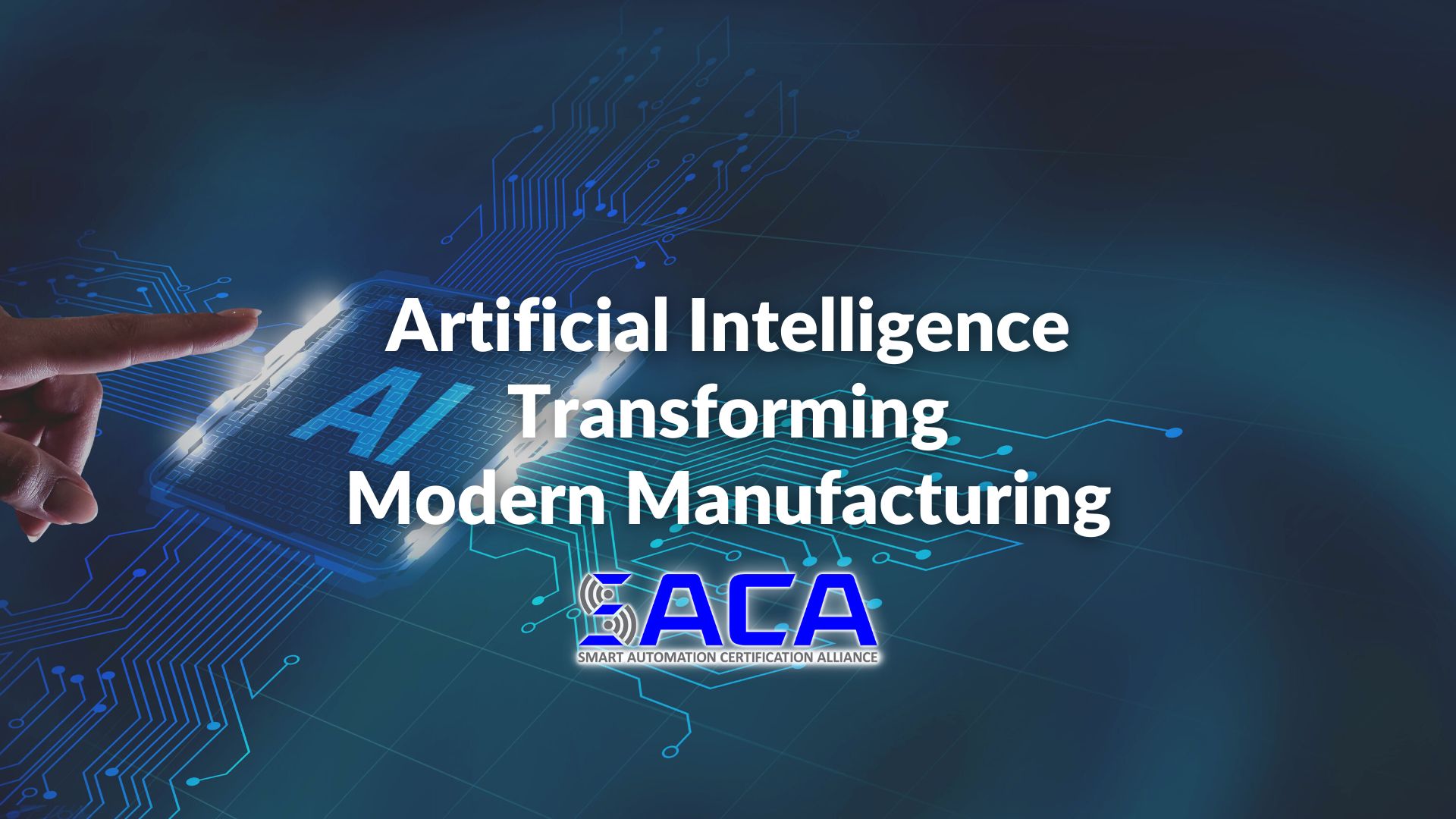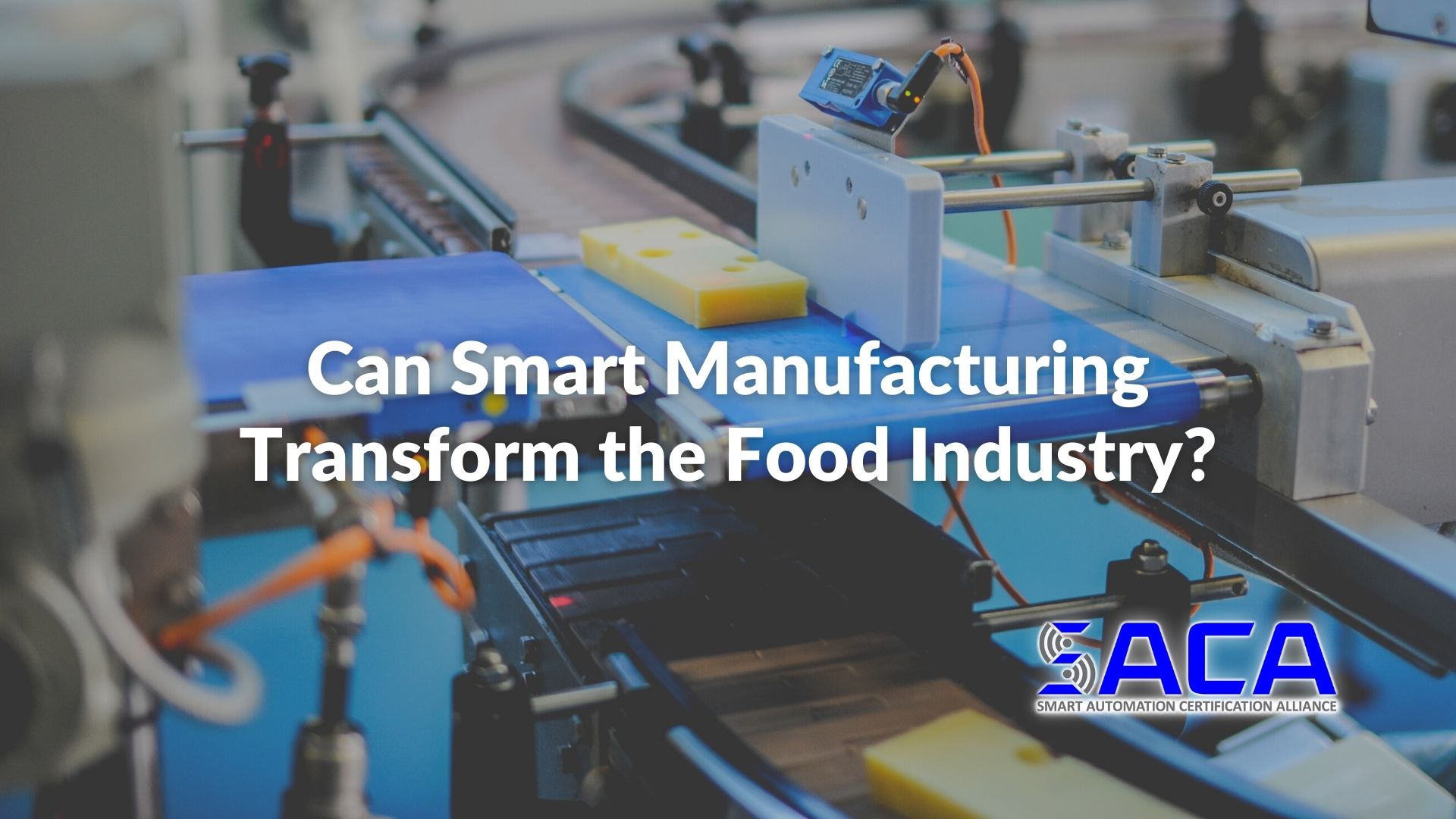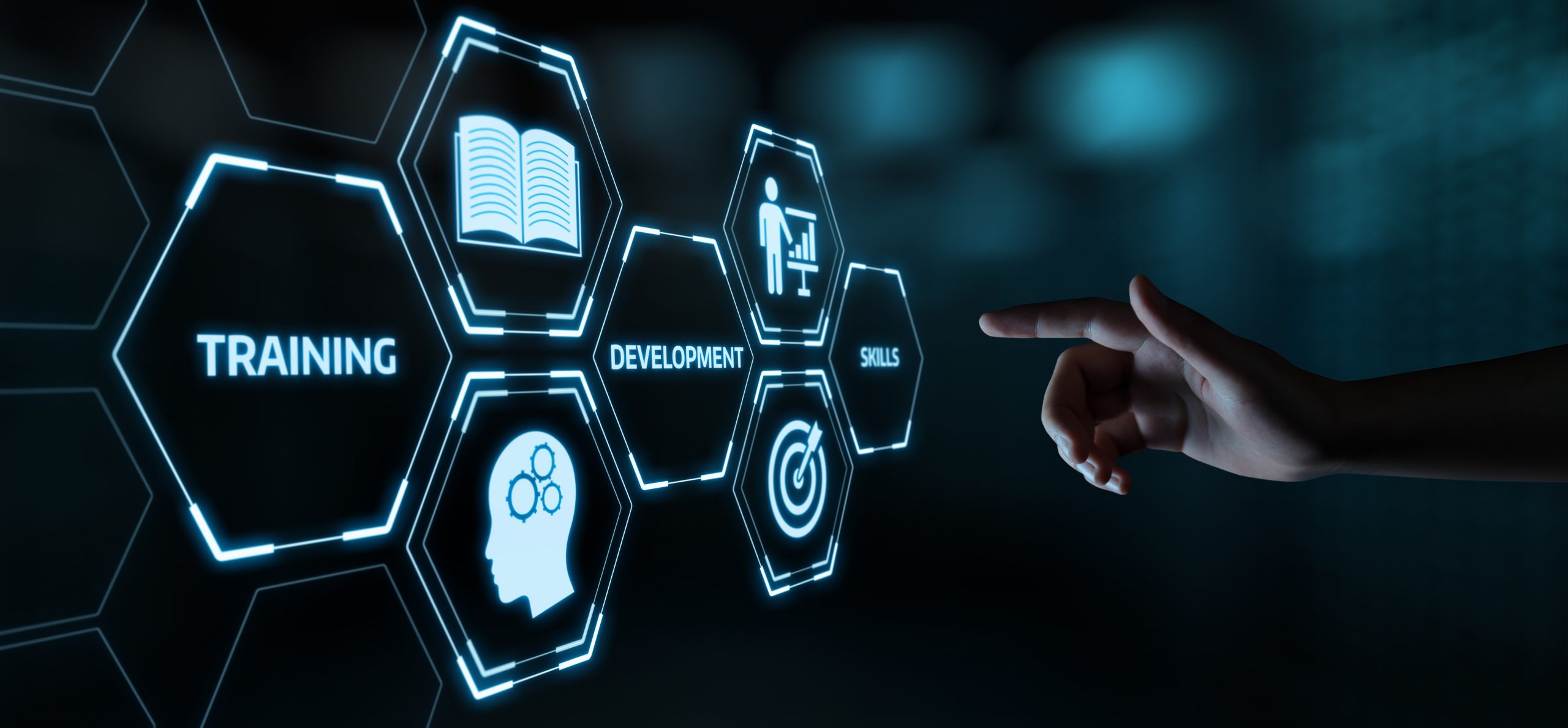
How intelligent are modern manufacturers? According to Albert Einstein, “the measure of intelligence is the ability to change.” By this standard, today’s ever-changing manufacturers are very intelligent indeed.
Most manufacturers will tell you that the one constant they can count on is change. It sounds ironic, but manufacturers know that they must be constantly innovating if they’re going to continue to improve productivity and efficiency.
For many manufacturers, the incorporation of various forms of advanced Industry 4.0 technologies has allowed them to meet new challenges and thrive during an extended period of difficult times caused by pandemic disruptions, supply chain issues, and inflationary pressures.
In this article, we’ll take a closer look at one of those advanced Industry 4.0 technologies — artificial intelligence (AI) — that is revolutionizing the industrial workplace. We’ll also discuss how SACA certifications can ensure that your workers possess the advanced skills they need to succeed in today’s evolving manufacturing sector.
What is Artificial Intelligence?
What do you think of when you hear the phrase “artificial intelligence?” For some, images of sentient robots straight out of a science-fiction movie may jump to mind. Is this what we’re talking about when we discuss AI in the context of modern manufacturing? Of course not!
While robots certainly occupy an important and increasing role in manufacturing facilities around the world, AI is all about computers and data. According to IBM, “[a]t its simplest form, artificial intelligence is a field, which combines computer science and robust datasets, to enable problem-solving. It also encompasses sub-fields of machine learning and deep learning…These disciplines are comprised of AI algorithms which seek to create expert systems which make predictions or classifications based on input data.”
What does AI mean in a practical sense? According to Oracle, “artificial intelligence refers to systems or machines that mimic human intelligence to perform tasks and can iteratively improve themselves based on the information they collect.”
Oracle sums up AI this way:
“AI is much more about the process and the capability for superpowered thinking and data analysis than it is about any particular format or function. Although AI brings up images of high-functioning, human-like robots taking over the world, AI isn’t intended to replace humans. It’s intended to significantly enhance human capabilities and contributions. That makes it a very valuable business asset.”
How Can Artificial Intelligence Improve Workplace Safety?
So how is AI being incorporated into modern manufacturing operations? One area in which AI is playing an increasingly important role happens to be one of the most important considerations in any manufacturing facility: safety.
According to a recent Industry Today article by Rob Schoenthaler, “[i]ncreasing worker safety has become a huge priority to the workplace…As a result, spending on safer equipment became a top priority for companies half a century ago and still continues to this day. Nearly every profession has adopted this principle of prioritizing safety, especially fields that yield higher risks for employees, such as construction and manufacturing.”
Schoenthaler notes that the repetitive nature of the physical labor involved in manufacturing helps employers to identify safety risks. However, he points out that most current safety programs are reactive in nature, intended to minimize injuries when a dangerous situation occurs.
While these safety measures offer some improvement over the dangerous conditions that have existed for years, Schoenthaler argues that “a proactive approach is imperative to prevent these unfortunate situations from happening in the first place.” That’s where AI comes into play.
Schoenthaler explains that “new innovations in manufacturing technology have allowed artificial intelligence to use continuous monitoring of work activity to detect a potential accident before it occurs. AI can now analyze videos filmed by cameras all around the factory floor to detect potential employee safety violations and proactively warn the worker of the danger. For example, if the camera spots an employee wearing the wrong protection equipment or positioned too close to a hazardous vehicle, it will contextualize this data and alert the company so they are aware of the safety hazard.”
For manufacturers, using AI proactively in this way “can significantly reduce safety risks in the workplace.” Indeed, “the technological innovations of AI have proven to be a promising solution for increasing workplace safety, and will be for years to come.”
Of course, “[m]anaging the switch to AI will require employees to be well-trained on new operating procedures and best practices.” Like similar new Industry 4.0 technologies, AI will require highly-skilled workers trained to work with these new technologies to fully reap the benefits.
Supply Chain Woes? Artificial Intelligence to the Rescue!
Does AI offer benefits in areas other than safety? Absolutely! In a recent Industry Today article by John Dwinell, the author details how AI can be used to improve operations and enhance inventory visibility in warehouses and other key components of the supply chain.
Dwinell summarizes the supply chain problems plaguing operations across the country: “Warehouses are buckling beneath the pressure of demand, as e-commerce volumes continue to rise and global supply chains remain in gridlock. Inventory needs to be shipped, and fast, but labor shortages are directly impacting distribution centers.”
He acknowledges that “automation technologies have gained momentum with the rise of robotic systems capable of moving and sorting inventory.” However, he notes that “inventory visibility has been largely left out of the conversation. This has placed warehouse operators in the dark when it comes to critical data, such as product quality assurance and the health of sorting systems.”
That’s where AI paired with image recognition technology makes a critical difference. “When captured and analyzed effectively, data can be a game changer for streamlining operations. Specifically, understanding the quality of inventory and gaining traceability to know where everything is in real time.”
Dwinell explains how these technologies work together “to gain complete inventory visibility and enhance automation and throughput”:
“If a picture is worth a thousand words, then an image captured within the warehouse is worth a thousand data points. Photos reveal, in real time, the condition of inventory when it arrives by sharing information about all six sides of a package, providing a holistic understanding of quality. Images…are then stored, generally via the cloud, to build a catalog of products. This creates an immense amount of valuable data.”
Dwinell adds that “[b]ecause AI is capable of learning, AI models that are trained well will be able to identify the source of many common problems. One of the biggest advantages of utilizing AI in this capacity is that it does not require coding knowledge to operate, nor assistance from data scientists for model creation. And there’s an added plus: AI can often be integrated with existing warehouse technology, creating a fully automated workflow.”
This is why Dwinell believes that “[a]rtificial intelligence is no longer a ‘nice to have,’ it’s a need to have…image recognition and AI can be the ‘light switch’ that provides visibility into the once-dark distribution lifecycle. Together, image recognition and AI eliminate guesswork, enable greater visibility, and provide automation that will be the deciding factor in which companies can deliver on their promises to customers.”
SACA Certifications Can Ensure Workers Possess the Skills You Need
Manufacturers looking to improve efficiency and increase productivity are increasingly looking to advanced Industry 4.0 technologies to automate their operations and processes. Technologies like artificial intelligence are transforming modern manufacturing facilities, but their adoption is not without hurdles.
Incorporating these new advanced technologies requires hiring workers with Industry 4.0 skills or training current workers to operate, maintain, troubleshoot, and repair these new systems. Unfortunately, these workers remain in short supply in today’s tight job market.
How can manufacturers ensure that they hire or train people with the advanced skills they need in a modern smart factory environment? Fortunately, they don’t have to figure everything out by themselves. The Smart Automation Certification Alliance (SACA) sits at the forefront of the effort to certify students and workers who demonstrate the required knowledge and hands-on smart automation skills employers so desperately need, including artificial intelligence.
SACA’s certifications were developed in conjunction with industry partners who could speak from experience about their needs when it comes to workers able to work alongside a variety of advanced automation technologies. For example, SACA offers a Certified Industry 4.0 IT Systems Specialist certification that prepares individuals to succeed in information technology technician and engineering positions in modern production environments that use Industry 4.0 technologies.
This certification features a variety of elective micro-credentials that are ideal for individuals seeking to become versed in Industry 4.0 automation, such as: robot system operations and integration; programmable controller systems; industrial Ethernet communications; smart sensors; SCADA systems; Industry 4.0 data analytics; and industrial network security systems.
For workers, SACA certifications can help market their smart automation skills to potential employers. For those employers, SACA certifications represent confirmation that a worker has the skills to hit the ground running in the workplace. To learn more about Industry 4.0 certifications and how SACA can help both future workers and industrial employers begin the task of bridging the Industry 4.0 skills gap, contact SACA for more information.





